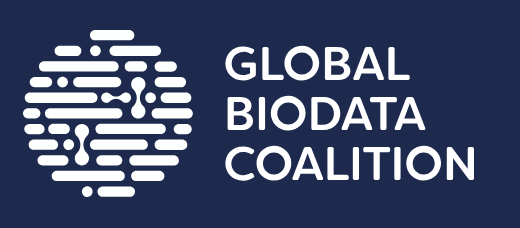The name of this superfamily has been modified since the most recent official CATH+ release (v4_4_0). At the point of the last release, this superfamily was named:
"Ribonuclease Inhibitor
".
FunFam 3127: GM13370p
Please note: GO annotations are assigned to the full protein sequence rather than individual protein domains. Since a given protein can contain multiple domains, it is possible that some of the annotations below come from additional domains that occur in the same protein, but have been classified elsewhere in CATH.
There are 0 GO terms relating to "molecular function"
The search results have been sorted with the annotations that are found most frequently at the top of the
list. The results can be filtered by typing text into the search box at the top of the table.
There are 7 GO terms relating to "biological process"
The search results have been sorted with the annotations that are found most frequently at the top of the
list. The results can be filtered by typing text into the search box at the top of the table.
| GO Term | Annotations | Evidence |
|---|---|---|
|
Mitotic cell cycle GO:0000278
Progression through the phases of the mitotic cell cycle, the most common eukaryotic cell cycle, which canonically comprises four successive phases called G1, S, G2, and M and includes replication of the genome and the subsequent segregation of chromosomes into daughter cells. In some variant cell cycles nuclear replication or nuclear division may not be followed by cell division, or G1 and G2 phases may be absent.
|
1 | Q95S27 (/IMP) |
|
Endomitotic cell cycle GO:0007113
A mitotic cell cycle in which chromosomes are replicated and sister chromatids separate, but spindle formation, nuclear membrane breakdown and nuclear division do not occur, resulting in an increased number of chromosomes in the cell.
|
1 | Q95S27 (/IMP) |
|
SCF-dependent proteasomal ubiquitin-dependent protein catabolic process GO:0031146
The chemical reactions and pathways resulting in the breakdown of a protein or peptide by hydrolysis of its peptide bonds, initiated by the covalent attachment of ubiquitin, with ubiquitin-protein ligation catalyzed by an SCF (Skp1/Cul1/F-box protein) complex, and mediated by the proteasome.
|
1 | Q95S27 (/ISM) |
|
Regulation of protein stability GO:0031647
Any process that affects the structure and integrity of a protein, altering the likelihood of its degradation or aggregation.
|
1 | Q95S27 (/IMP) |
|
Wing disc development GO:0035220
Progression of the wing disc over time, from its initial formation through to its metamorphosis to form adult structures including the wing hinge, wing blade and pleura.
|
1 | Q95S27 (/IMP) |
|
Positive regulation of cell cycle GO:0045787
Any process that activates or increases the rate or extent of progression through the cell cycle.
|
1 | Q95S27 (/IMP) |
|
Compound eye development GO:0048749
The process whose specific outcome is the progression of the compound eye over time, from its formation to the mature structure. The compound eye is an organ of sight that contains multiple repeating units, often arranged hexagonally. Each unit has its own lens and photoreceptor cell(s) and can generate either a single pixelated image or multiple images, per eye.
|
1 | Q95S27 (/IMP) |
There are 2 GO terms relating to "cellular component"
The search results have been sorted with the annotations that are found most frequently at the top of the
list. The results can be filtered by typing text into the search box at the top of the table.
| GO Term | Annotations | Evidence |
|---|---|---|
|
SCF ubiquitin ligase complex GO:0019005
A ubiquitin ligase complex in which a cullin from the Cul1 subfamily and a RING domain protein form the catalytic core; substrate specificity is conferred by a Skp1 adaptor and an F-box protein. SCF complexes are involved in targeting proteins for degradation by the proteasome. The best characterized complexes are those from yeast and mammals (with core subunits named Cdc53/Cul1, Rbx1/Hrt1/Roc1).
|
1 | Q95S27 (/IDA) |
|
SCF ubiquitin ligase complex GO:0019005
A ubiquitin ligase complex in which a cullin from the Cul1 subfamily and a RING domain protein form the catalytic core; substrate specificity is conferred by a Skp1 adaptor and an F-box protein. SCF complexes are involved in targeting proteins for degradation by the proteasome. The best characterized complexes are those from yeast and mammals (with core subunits named Cdc53/Cul1, Rbx1/Hrt1/Roc1).
|
1 | Q95S27 (/ISM) |
